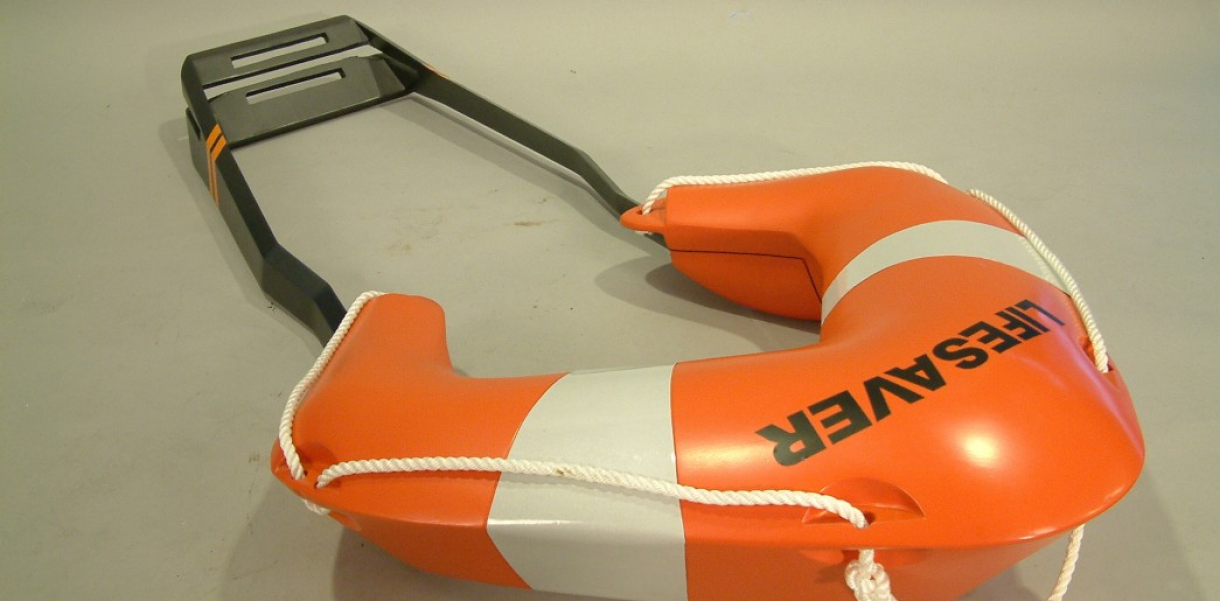OPV personal water cleaner consists of two basic parts: the belted bellows and the central membrane system, which holds the head and piping. The headcover rotates around its axis and opens/closes the water holes. The pipe is put to the mouth. The entire device is carried diagonally across the torso.
Functionality and use of design
OPV personal water cleaner cleans the water through mechanical filtering, while the energy for the process is human-provided. After filling it with water, OPV is held in the hands or hung around the torso. Pressure on the bellows, simultaneous with sucking, creates sufficient pressure difference to filter the water.
How did this design improve life?
OPV lowers the possibility of creation and spreading of diseases and other problems caused by a lack of potable water or drinking polluted water.
Every year, in the Monsoon region, floods strike large numbers of people, leaving them without basic living conditions. One of the big problems is a lack of potable water, which becomes more difficult with the passage of time. OPV is conceived as a flash response immediately following the flood, i.e. the situation in which the flow of potable water is broken. The device can be issued to people struck by the flood, thus enabling them to provide sufficient quantities of potable water for themselves and their families on their own.
Drawbacks of life improvement
None.
Research and need
It can hardly be said that a previously defined line of research was followed; it could sooner be said that the development of the project followed situation development, in a mixture of brainstorming and detailed analysis, where, on every level of problem analysis, we tried to consult with as many experts in the area as possible. Thus, in the project process, discussions were held with a psychology Ph.D. expert (reactions of people in crisis situation), which was used to resolved the interaction of users with the device; a Doctor specializing in water clearing; and, finally, for the final form, with a polymeric specialist, engineering Doctor (for the resolution of material and production problems). At the very beginning, the solution of the situation was defined as the possibility to transform water from polluted to potable. The first principles set were: the kidney principle and the bellows (bladder) principle. In accordance with this, the first sketches were completely organic in form. As the project advanced, the forms lost their undefined organic shapes and became the answer to give problems - the resolution of the function.
Designed by
Marko Baus & Igor Stanisljevic - Croatia






